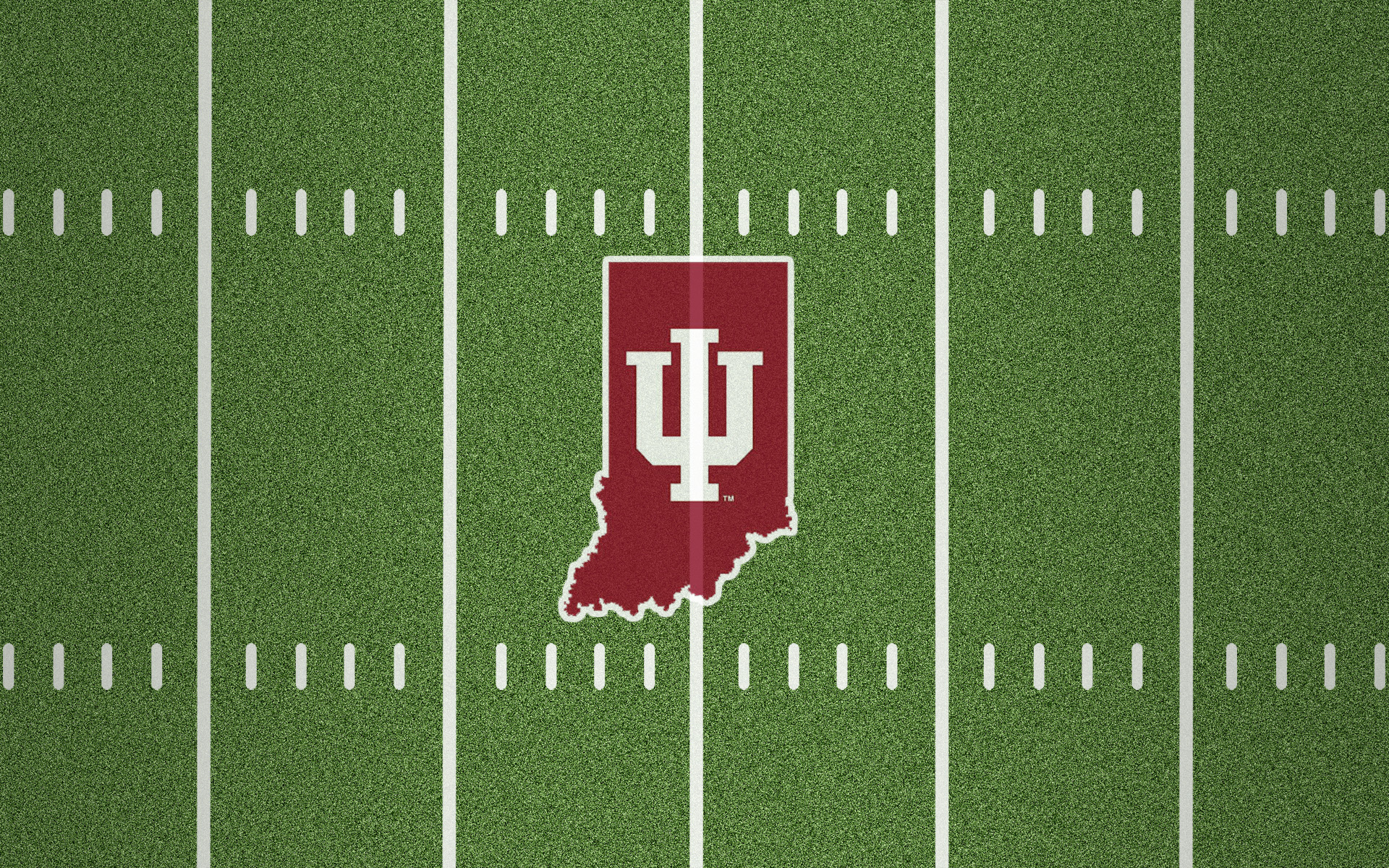Week Three Inside the Numbers: Youth Has Been Served at IU
/Mike Penix(9) and Stevie Scott (21) are just two of the true freshman who have impacted this IU Football season. Image: Sammy Jacobs Hoosier Huddle
Written By Lauralys Shallow
Indiana remains perfect through its non-conference schedule and holds a 3-0 record heading into conference play against #24 Michigan State in the battle for the Old Brass Spittoon. The Hoosiers are coming off a solid performance against Ball State while the Spartans are coming off a bye week following its 16-13 upset loss to Arizona State. As we get ready for IU’s conference opener, let’s take a deeper look at the Michigan State matchup on this week’s Inside the Numbers.
5.6 –True freshman Stevie Scott has averaged 5.6 yards per carry throughout his first three games. Yep, you read that right, and in case you didn’t, I’ll say it again: every time Scott touches the ball the average gain is 5.6 yards. With Morgan Ellison’s suspension and Cole Gest’s injury, Scott was the next man up, and he has been stellar. At 6’2, 236, Scott has a tremendous combination of power and speed that makes him hard to tackle. Scott’s 5.6 yards per carry is huge for IU because it helps keep IU out of long third down situations, and IU has to move the chains consistently if it wants to give itself a chance to win. Michigan State will be Scott’s toughest test this season, and IU needs a solid game from its starting tailback.
10 – In last week’s contest against Ball State, ten different players caught a pass. IU’s ability to get the ball in ten different hands shows the depth IU has on the offensive side of the ball. Michigan State is the toughest defense IU will face on the season thus far, and the more targets Peyton Ramsey has to throw to, the better. Luke Timian, Nick Westbrook and Donovan Hale are the top receivers on the team, but Ty Fryfogle, Reese Taylor, Peyton Hendershot, Whop Phylor and Matt Bjorson are crucial for IU’s production and depth in the passing game. If IU moves the ball efficiently through the air, the Hoosiers could upset the Spartans.
33 – On Media Monday, Tom Allen said his team played 33 different guys on defense in IU’s three non-conference games. Furthermore, 26 people had tackles against Ball State. Depth is something IU has lacked and a major reason why IU struggled in conference play, and it is promising to see that IU has depth on defense heading into its game with Michigan State. IU’s depth allows its starters to take less snaps throughout the game, and in the 4th quarter of a tight Big Ten game, the starters will have that much more energy to make big plays and finish strong.
34.5 – The Michigan State defense has only allowed an average of 34.5 rushing yards in its first two games. The Spartans allow just 1.3 yards per carry. The Spartan defense is big, physical and tough, and IU will find itself in trouble if the offensive line gets dominated at the line of scrimmage. If Michigan State can stop IU’s run game, the Hoosiers are going to have a hard time moving the ball down the field. The battle at the trenches will decide if Michigan State can eliminate IU’s ground attack or if IU and Stevie Scott can run the table against the Spartans.
0- The Hoosiers never made it to the end zone in last year’s 17-9 loss to Michigan State. IU’s defense forced a fumble and set up the offense on the Spartan 15 with 1:40 left in the first half, but after two Peyton Ramsey draws and an incomplete pass for no gain, IU had to settle for a field goal. Michigan State’s defense makes it hard for any offense to even get into the red zone, and IU will have to capitalize on its red zone opportunities this year by scoring touchdowns. Both head coaches Tom Allen (IU) and Mark Dantonio (MSU) are defensive-oriented, and a low-scoring contest should be expected, but IU has to find the end zone this year if it wants to come away with a win and the Old Brass Spittoon.



